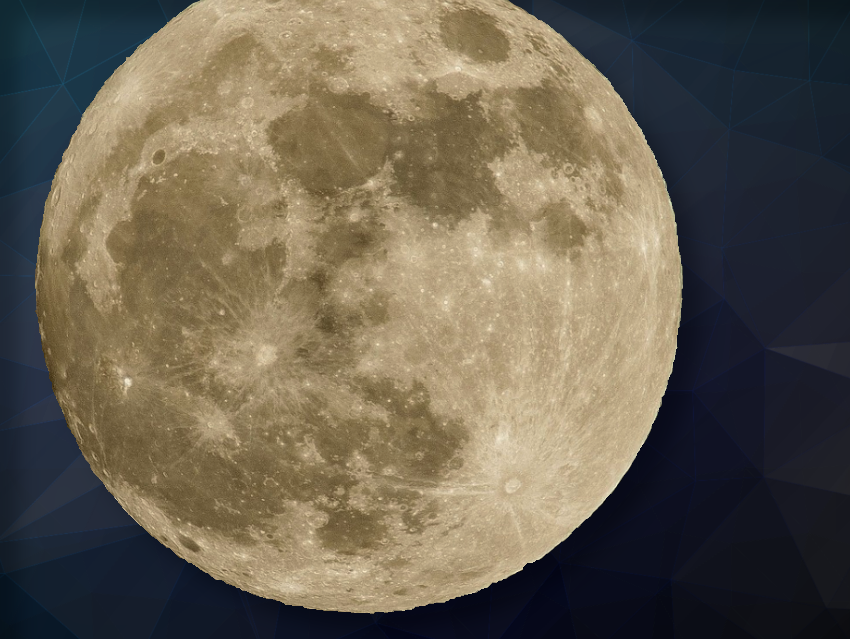Chang’e-6 is a Chinese robotic lunar exploration mission. The spacecraft, which is named after the Chinese Moon goddess Chang’e, was launched on May 3, 2024 and orbited the Moon for some weeks. A lander and a small rover landed on Sunday, June 2, 2024, in the lunar south polar Aitken Basin to begin the world’s first sample return mission from the far side of the Moon. The lander collected lunar sand and rocks. It is equipped with a drill and a shovel arm and is expected to collect about 2 kg of lunar rock. The mini rover is named Yidong Xiangji. It is expected to support research on the composition of the lunar surface, the presence of water ice in the lunar soil via an infrared imaging spectrometer, and took pictures of the Chang’e 6 lander on the lunar surface.
The landing site is considered to be of particular geological interest because of the presence of early lunar mantle rock, which could provide valuable information about the evolution of the Moon. There are puzzling differences in crustal thickness and rock composition between the basaltic lava of the Martian region and the lunar highlands, as well as a strange mountain in the center of the impact crater. It is also a suitable site for future lunar stations.
On Tuesday, June 4, the sample collection was completed, the ascender, which was on the top of the lander, launched from the far side of the Moon to attach to the Orbiter-Return Vehicle in lunar orbit. There, the lunar samples will be transferred into a special capsule. A difficult undertaking, since two autonomously flying objects must be coupled together without damaging each other.
As the return spacecraft approaches Earth, the sample capsule will be detached and released into Earth’s atmosphere. The landing of the sample capsule is planned in Inner Mongolia probably arounf June 25, 2024. There, the rocks will be stored and unpacked in a special clean room. According to the Chinese research groups, parts of the rocks will also be made available for international research.
China was the third nation to land an unmanned probe on the Moon in 2013 with Chang’e-3, the first to land on the far side of the Moon in 2019 with Chang’e-4, and the first to successfully return samples from the front side of the Moon in 2020 with Chang’e-5.
- Xinhua, Beijing, China




